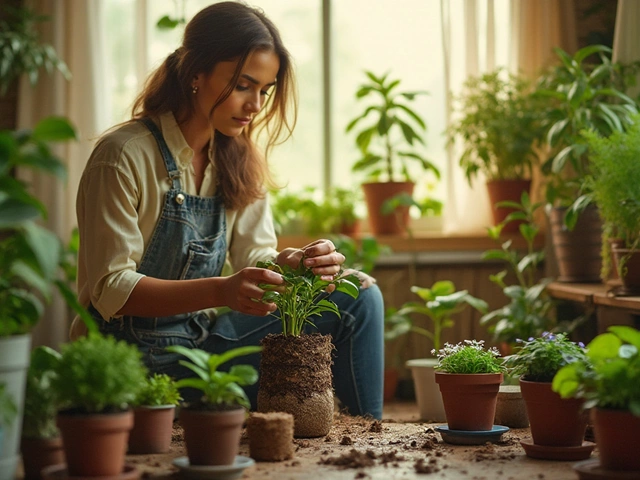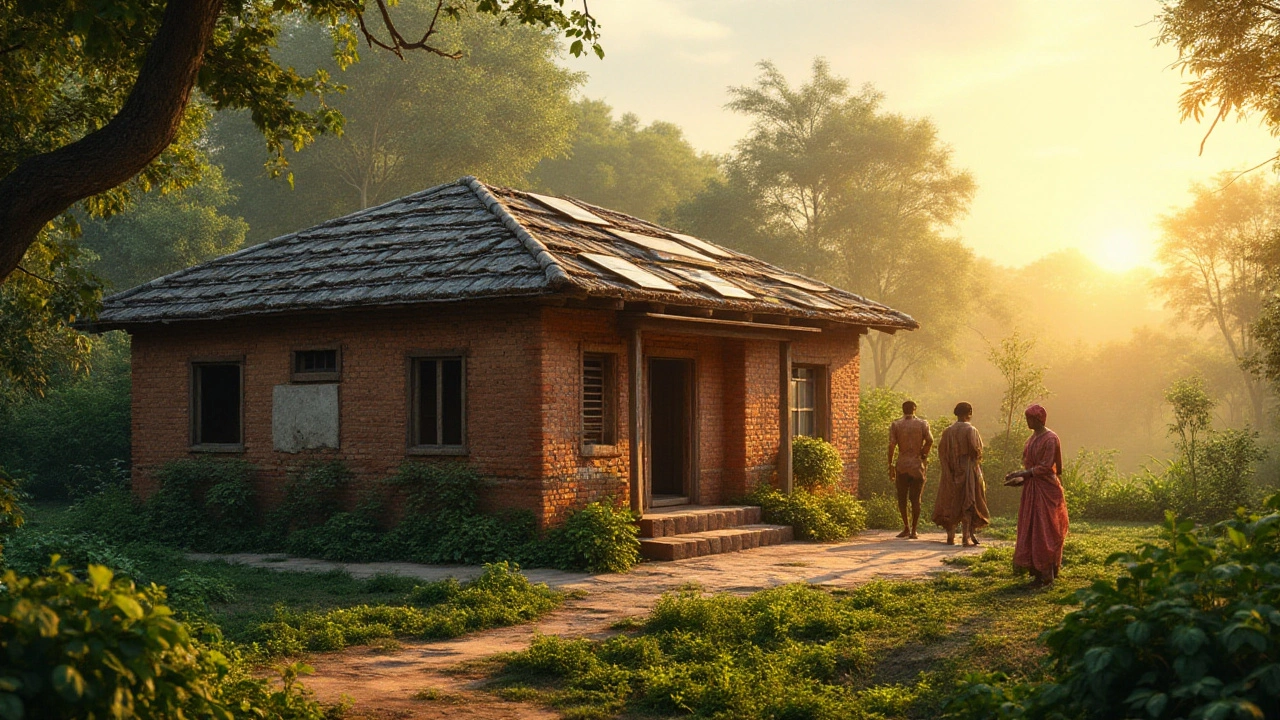Eco‑Friendly House: Practical Tips to Green Your Home
Thinking about turning your house into a greener space? You don’t need a massive overhaul or a huge budget. Small changes add up, and most of them are simple enough to start right now. Let’s walk through the day‑to‑day tweaks that make a real difference.
Water‑Saving Practices
Water is the biggest expense for many Indian homes, especially during the scorching summer months. One of the smartest moves is installing drip irrigation for any garden or balcony planters. Burying drip lines just a few inches underground protects them from sunlight and keeps the pressure steady, delivering water right to the roots where it’s needed. If you’re not ready for a full system, start with a few drip emitters on your vegetable beds – the savings are noticeable within weeks.
Another quick win is letting tap water sit for a few hours before using it on indoor plants. This lets chlorine evaporate, which is kinder to delicate foliage. A simple bucket left on the balcony does the trick, and you’ll see healthier leaves without buying any special chemicals.
Natural Materials & Pest Control
When it comes to the house interior, choose materials that breathe. Clay pots, coir mulch, and bamboo furniture all have low environmental footprints. They also help regulate humidity, which reduces the need for constant misting on houseplants. If you’re confused about misting, remember that most indoor plants do fine with just occasional watering – over‑misting can actually invite pests.
Speaking of pests, skip the harsh chemicals and try natural alternatives. A sprinkle of neem powder around the base of your tomato plants keeps aphids at bay, while coffee grounds, when used sparingly, can improve soil texture for many crops. Just avoid using coffee grounds on plants that hate them, like blueberries or azaleas. Mixing garlic paste with water creates a spray that deters slugs without harming the soil.
Composting is another pillar of an eco‑friendly house. A small kitchen compost bin turns vegetable scraps into rich humus that feeds your balcony garden. The compost also improves heavy soil, making it lighter and better drained – perfect for those raised beds that often feel compacted.
Finally, think about energy use. LED lights, especially those designed for plants, use a fraction of the power of traditional bulbs and give your indoor jungle the light it craves. Pair them with a timer to avoid leaving lights on all night. Every kilowatt saved is a step toward a lower carbon footprint.
These ideas might seem modest, but together they transform a regular house into an eco‑friendly home. Start with one or two changes this week, watch the results, and then add more. Your house, the planet, and even your wallet will thank you.
Affordable Strategies for Building an Eco-Friendly Home
Building a cheap eco-friendly house is not just a trend; it is a necessity for a sustainable future. This article explores practical and cost-effective ways to construct a green home that harmonizes with the environment. By utilizing recycled materials, optimizing energy efficiency, and incorporating sustainable gardening, homeowners can achieve a sustainable lifestyle without breaking the bank. The guide provides insights and tips for creating a living space that is both affordable and eco-conscious.
About
Sustainable Gardening
Latest Posts
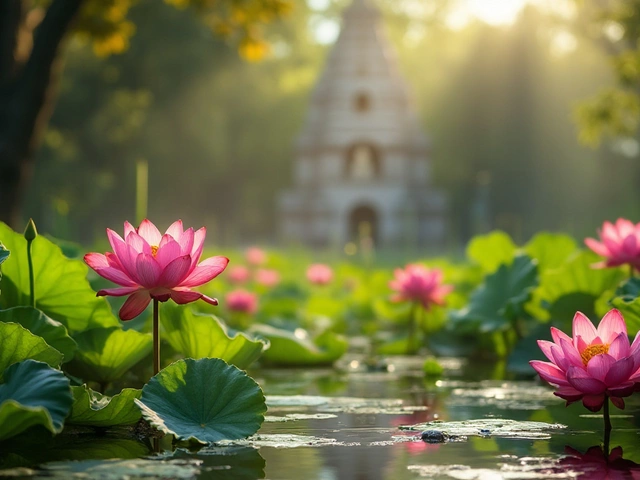

Understanding the Differences Between Sprinkle and Drip Irrigation
By Alden Thorne Mar 22, 2025
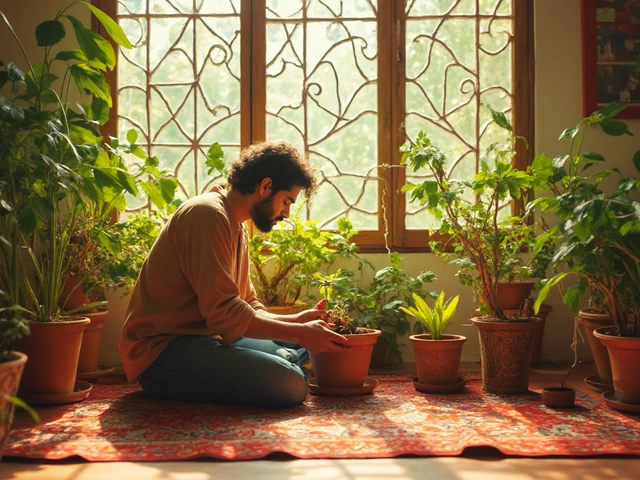
Root Rot Signs: Spotting Trouble in Your Indoor Plants
By Alden Thorne Feb 9, 2025
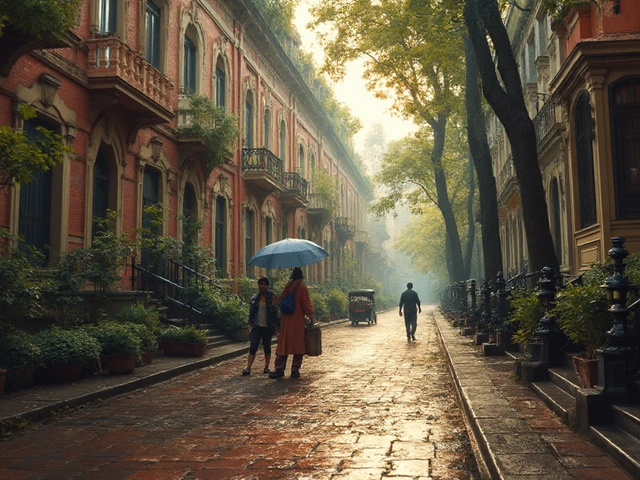
Victorian Terrace House: Key Features, Layout, and How to Spot One
By Alden Thorne Sep 9, 2025
